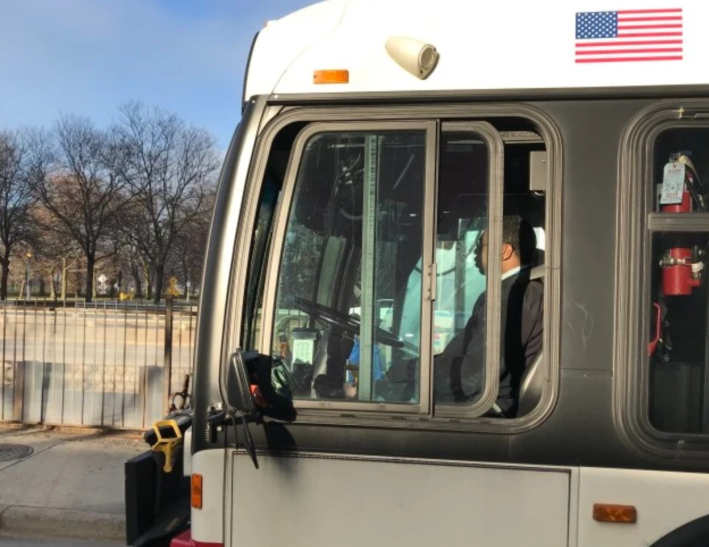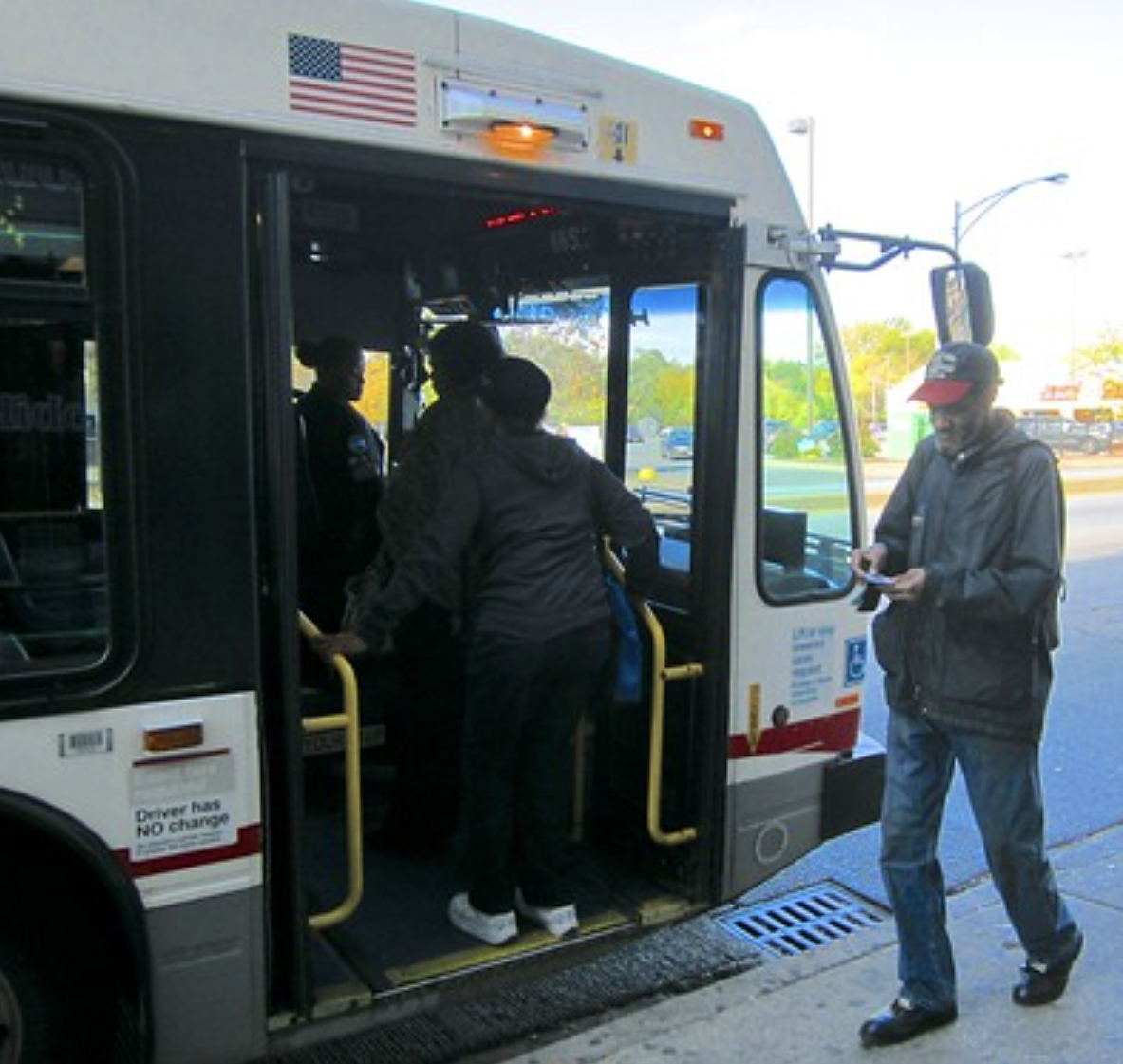After a particularly terrible CTA performance on New Year's Eve and New Year's Day, and with generally less than two-thirds of scheduled Blue Line runs actually materializing nowadays, it's clear the transit agency still has a long way to go when it comes to delivering reliable service and winning back riders as society continues to recover from COVID-19.
In an effort to do that just that, yesterday the CTA announced temporary changes to the schedules of almost half of its bus routes. The goals of the rejiggering are to:
- Better align scheduled service with currently available workforce
- Provide more consistent intervals between buses
- Reduce instances of large or inconsistent gaps in service
The changes affect 52 bus lines across Chicago, including many the highest-ridership routes. The agency says this "will help to address one of the most frequent comments CTA has received from its customers: the unpredictability of wait times."
Like most other transit systems across North America, CTA has experienced pandemic-related staffing shortages that have been wreaking havoc with its bus and train operations. The agency has rolled out financial incentives to help retain and recruit workers, and held more than a dozen job fairs in 2022, with about 70 rail operators and 420 bus drivers hired, according to an agency spokesperson. However, the system still needs about 100 more train operators and 600 more bus drivers. In the meantime, CTA is trying to ensure its published schedules realistically reflect the amount of available labor.
“As we did last year with rail schedules, we’re working to provide more consistency and reliability, which is what customers have asked for and what we promised,” said CTA president Dorval R. Carter, Jr. in a statement. “We recognize there is more work to do, but we are moving in the right direction and will continue to make additional adjustments to improve service for our customers. Our ultimate goal is to build back our workforce to provide all the transit service our customers deserve.”
The bus schedule remix kicked in last Sunday in conjunction with the union schedule “pick” process. The CTA says service hours, known as span of service, haven't changed, nor has routing or the days of service. However, there will be longer scheduled headways between bus runs. That is, the CTA is being more transparent about the fact that you're likely to experience a longer wait for a bus than was the case before COVID-19 hit. "These changes will provide more consistent intervals with significantly fewer missing trips until more personnel are available," the agency promised.
The CTA also says the schedule change will help address the exasperating "ghost run" problem, in which buses and trains appear on Transit Tracker and navigation app screens, only to disappear before the arrive because there was no one available to drive them.
In October agency staffers told Streetsblog ghost buses aren’t really a thing if you’re looking at arrival times on the Bus Tracker website (there are no official CTA Transit Tracker smartphone apps), or on the LED displays on bus shelters, or if you text the number printed on your bus stop sign. These only show real-time data.
However, ghost buses have been an issue on the CTA’s Ventra app, and third-party tools like the Transit app, Google Maps, and Apple Maps, because these use a mix of real-time and scheduled data. Therefore, making the published bus schedules more realistic should mean you'll encounter fewer ghosts when you check arrival times on the apps.

Transit advocates responded to the announcement by noting that the agency needs to keep its eyes on the prize of a full-strength workforce. "We’re glad to see the CTA’s efforts to hire more staff yielding benefits for riders," said Active Transportation Alliance spokesperson Ted Villaire. "A workforce shortage is one of the reasons that riders have been left out in the cold, plagued with ghost buses, infrequent service, and long wait times. To retain the current workforce and continue bringing in new staff to meet the existing shortage, CTA staff need competitive wages, better working conditions, and more flexibility with scheduling."
"Finally, CTA has taken an interest in fixing their bus schedules," said Micah Fiedler from Commuters Take Action, a recently formed grassroots group. "However, we doubt that its changes will be effective. When train schedules were modified to account for reduced service, Blue Line trains went from running at 40 percent of their scheduled runs to now 55 percent. Can we expect any more certainty from a bus system that already runs well short of its promised service?"
Yesterday, the blue line only ran 55% of its scheduled trains. Riders deserve more accurate schedules.
— Commuters Take Action (@ctaaction) January 9, 2023
"Changing the schedule to reflect availability only masks failure and normalizes a substandard level of service," Fiedler added. "Chicagoans want and need service to return to pre-COVID levels, and the only way to do that is to close the operator gap. We need President Carter to aggressively hire and retain the 600 remaining bus operators. If he can't, then he should add his own position to the help wanted list."

If you appreciate Streetsblog Chicago's livable streets coverage, please consider making a tax-deductible donation to help us raise $50K by 1/31 to fund our next year of reporting. Thank you.




